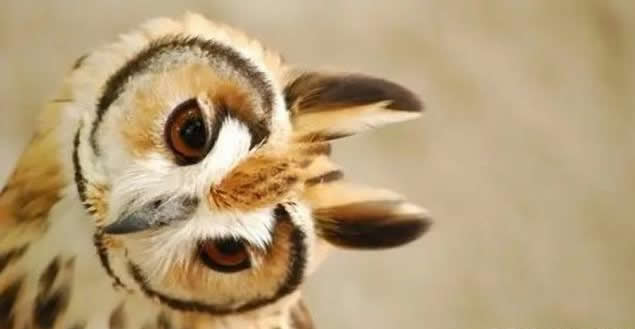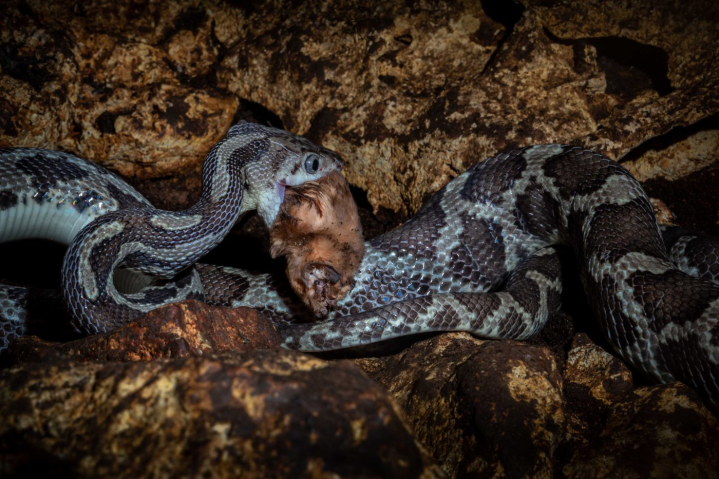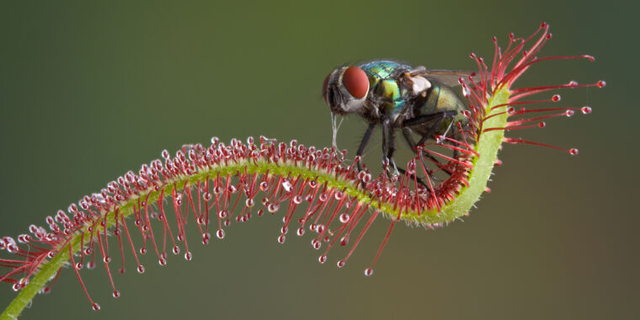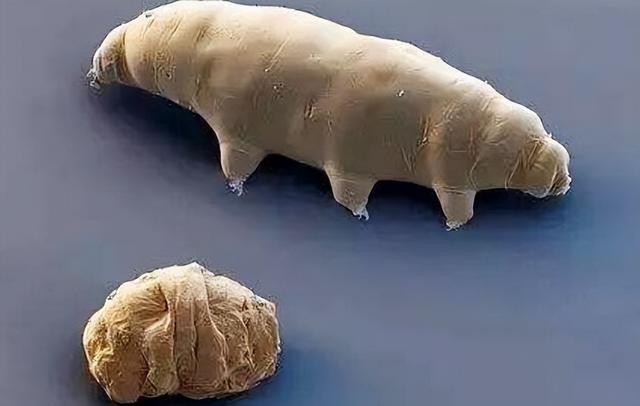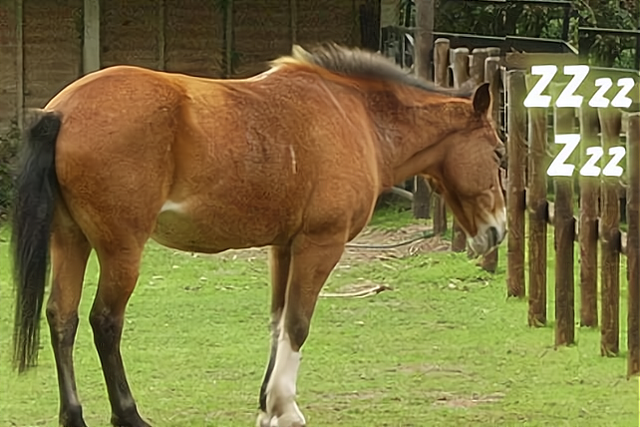- Beauty
When you think of owls, you might think of harry potter's snowy white pet messenger hedwig, or any number of comical emojis. The owls are the funniest and most adorable of all birds, with their round eyes and occasional "Head tilts" That make them so cute.
With its cute appearance, the owl has become a fashionable pet. In most cases, the owl is particularly docile and cute, and responds well to its owner's interaction. The various little expressions and movements are hilarious.

However, the true nature of owls is not as "Natural and harmless" As it may seem, and underneath their cute appearance they are real birds of prey. Their keen night vision allows them to pinpoint each prey item, and their sharp beaks and talons will stun and impale them. Flying through the air with their huge wings hovering over fields and cliffs, they give no quarter to their prey on every hunt.
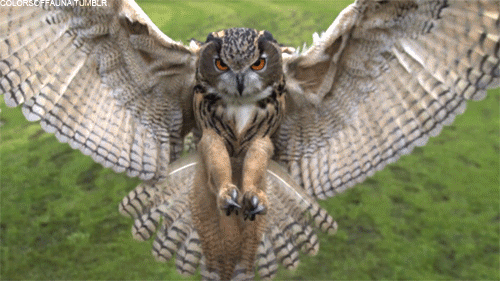
Most owls are nocturnal. They are nocturnal, hiding in the daytime between bushes and eaves, then taking to their wings at night to begin their evening activities, and are also known as the 'dominators of the night' because of their extraordinary ability at night. Why do owls choose to rest during the day but emerge at night? Firstly, owls have large pupils, making it easy for light to enter the eye. The retina is rich in optic rod cells and contains no cone cells, making it sensitive to low light and suitable for nocturnal activity.
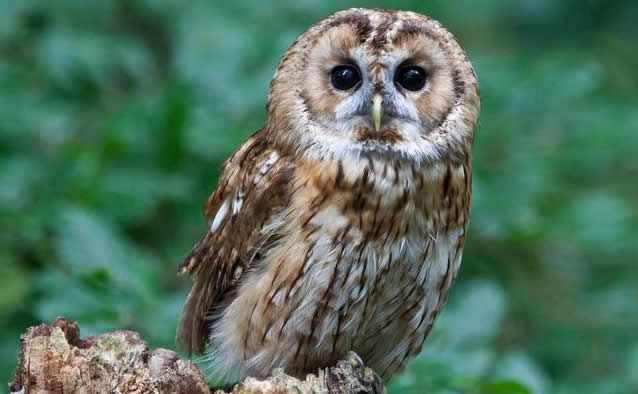
Secondly, owls are good hunters at night. They are good at hiding themselves and waiting for an opportunity to move, and are so fast that they often catch their prey without any reaction time. Secondly, the owls' feathers are soft and relaxed, and these soft feathers have the effect of reducing the volume of sound as they fly, making the owl's flight extremely fast and silent.
Once the owl has located its prey, it strikes quickly. The sound waves produced by the flap of their wings in flight are less than a thousand hertz, and the average mammalian ear cannot perceive frequencies that low. As a result, owl attacks are silent and swift, and this greatly increases the probability of a successful kill.

Owls do not feed on an omnivorous diet of cereals and seeds, as most birds do.
Instead, they feed on animals. Their diet is mainly rodents, but they will also eat other small animals or small insects.
In human society, there are both vegetarians and meat lovers who are "Meatless". Naturally there are also differences in 'tastes' between different species of owl. To learn more about owl eating habits, one can analyse their pellets. What are "Pellets"? Owls usually swallow their food whole, and then swallow the indigestible remains of bones, feathers, hair, etc. In small clusters that they spit out of their mouths.
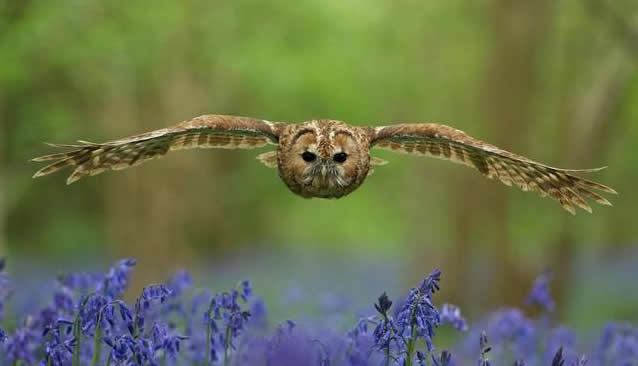
You may be dismayed to see that they are just small animals that they prey on, how can they deserve the word 'raptor'? Let's look at the broad definition of a raptor: A raptor is a bird of prey, such as the eagle and the peregrine falcon. From the outside, an owl can be a far cry from the eagles in terms of fighting prowess, however, the actual capabilities of the owl and the variety of prey it kills are far greater than one might expect.
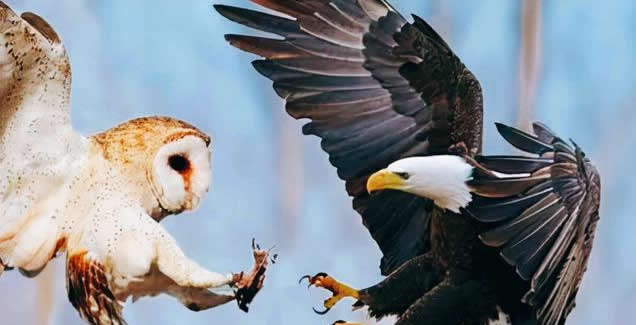
Apart from mice and birds, they also eat wildlife such as rabbits, foxes and wild cats.

This is not all. Sometimes owls will even feed on snakes, usually medium-sized ones, both non-venomous and venomous. Owls have sharp talons that can easily hook or pierce snakes, while their sharp beaks can deliver a fatal blow. The snake is slow and the owl will swoop down quickly over the snake, making it difficult for the poor snake to defend itself and escape, and it will die without a fight in its talons.
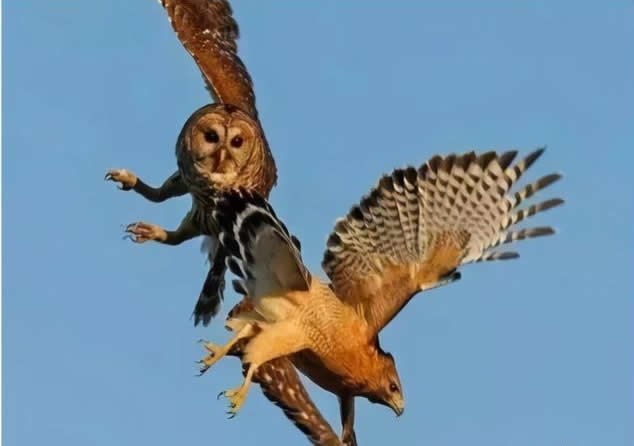
As the saying goes, big fish eat small fish, but owls don't just eat small birds.
Even some other raptors, such as eagles, hawks and peregrine falcons, can be targeted by owls. During the day, the owls are helpless against them, but as the dominant bird of the night, if the birds are not careful, they will become a meal for the owls.

Eagles are very fierce birds of prey and during the day they have very keen vision. At night, however, the eagle's vision is not so clear. The opposite is true of the owl, so at night when the eagle is relaxed and resting, the owl will see to strike, often catching the eagle off guard. However, this usually happens between owls and eagles of similar size and is not a common occurrence as most owls have a regular source of food and fighting eagles is not a very easy task, although it cannot be denied that owls do have the ability to attack eagles and succeed.
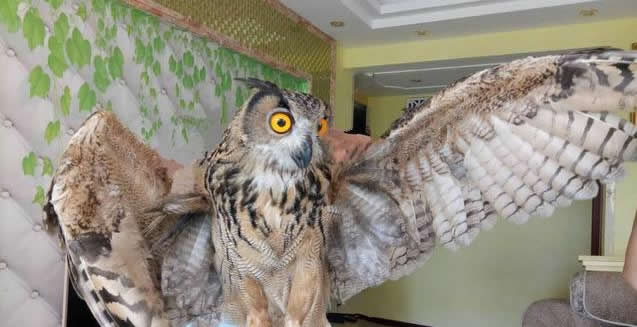
This shows that owls have a ferocious side to them, despite their seemingly dumb and cuddly nature. As humans, we should not let our guard down easily with owls, especially wild owls. In most cases, owls will not attack humans. However, this does not mean that owls will not attack humans. There have been many incidents of wild owls attacking people around the world.
In march this year, the british newspaper the mirror reported on an incident where a british woman was attacked by a giant owl while jogging. The woman was jogging when she felt something on the back of her head attacking her head, she was wearing her hair in a ponytail that day and according to her speculation, the owl might have taken her for some other animal and wanted to eat her.

Many other incidents are triggered by pedestrians playing with their mobile phones on the road at night. The owl catches these moving lights and sometimes mistakes them for the animal's eyes reflecting, which in turn launches an attack on humans. We should therefore never take the potential harm caused by owls lightly.
A single owl can eat more than 1,000 mice a year, in addition to locusts and other pests, making it a great help to farmers in protecting their crops. Citizens are not allowed to harm owls at will, and if they do, they may break the relevant laws. Therefore, it is recommended that people should not easily provoke or harm owls, and should report any incidents of injury or attack by owls directly to the local forestry public security bureau.
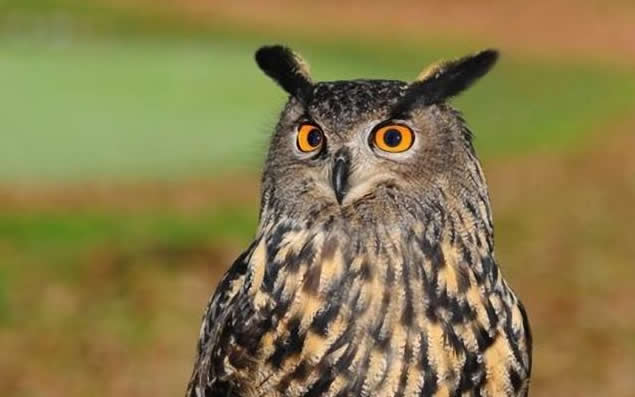
Due to habitat destruction and human hunting, many species of owls have declined in numbers and some have even become endangered. It is important that humans keep a "Good distance" From owls, do not hunt them, and take care to protect their habitat, which is a resting place for beneficial birds and is important for their survival and reproduction.
It is hoped that in the future, people and owls can live together in greater harmony and each play their part in contributing to nature.

